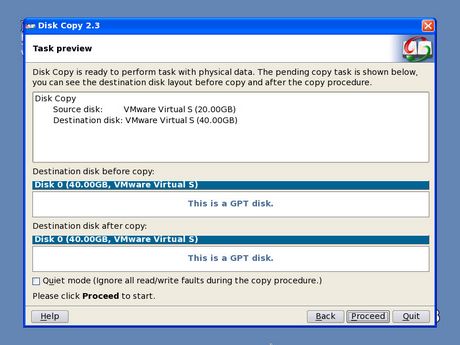

With the spread of new educational technology such as the interactive whiteboard (IWB) teachers, as potential users, need to adapt their teaching in order to successfully utilize it. The recommendations proposed can improve the educational process in order to strengthen students’ attitudes towards statistics and to decrease the level of statistics anxiety. The findings from our empirical study are useful for statistics educators. The latter one plays a central role in our extended TAM, as its impact is stronger when compared with other external variables. The most influential factors are found to be statistics anxiety and statistics learning value. The results indicated that all external variables considered in the model directly or indirectly affect the behavioural intention to use statistical software and are therefore relevant for our study. Data were analyzed using Structural Equation Modeling (SEM). The model was applied to the purposive sample of 387 university social sciences students in Slovenia who have been introduced to IBM SPSS Statistics during statistics courses. Based on the Technology Acceptance Model (TAM), a conceptual model was derived where five external variables were taken into account: statistical software self-efficacy, computer attitude, statistics anxiety, statistics learning self-efficacy, and statistics learning value. The aim of the paper is to investigate the main factors influencing the adoption and continuous utilization of statistical software among university social sciences students in Slovenia.

A range of moderating factors relating to individual variation, features of the intragroup and intergroup context, and important contextual variables (i.e., anonymity versus visibility, isolation versus copresence) that are particularly relevant to online influence in the new media are also reviewed.Įxpected final online publication date for the Annual Review of Psychology, Volume 72 is January 4, 2021. The self-categorization explanation of influence grounded in group norms, moderated by group identification, is compared and contrasted to other normative explanations of influence, notably the concept of injunctive norms and the relation to moral conviction. Although the review primarily discusses recent research, its focus also invites reappraisal of some classic research in order to address basic questions about the scope and power of the group identity explanation.

This chapter reviews research on the group identity explanation of social influence, grounded in self-categorization theory, and contrasts it with other group-based explanations, including normative influence, interdependence, and social network approaches, as well as approaches to persuasion and influence that background group (identity) processes.


 0 kommentar(er)
0 kommentar(er)
